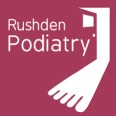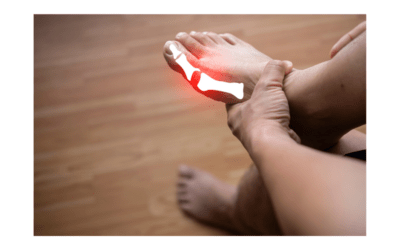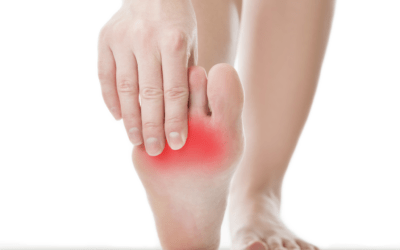If you’ve been into your running for some time, you’ll know that trends in the running shoe industry have changed vastly in the last few years and you may have even invested in one of the ‘super shoes’ currently available on the market. However, if it’s a new hobby (perhaps started like so many during lockdown), you’ll probably be a little overwhelmed by the choice of shoes out there and have no idea where to start when selecting a pair that’s right for you!
Whilst asking for advice from a running store retail assistant isn’t a bad place to start, there are a few things you might want to know before making your selection. Firstly, beware of advice given to you about the ‘foot type’ you have and whether you are ‘pronating’ excessively. There has been (and still is) a well-established misconception amongst some that certain movements within the foot are harmful and more likely to lead to injury. This has led to an approach over the years adopted by many running shoe stores that focuses on such ‘harmful’ foot movement and advising motion control shoes to counteract this movement. There is no evidence to support this claim and in fact it’s much more relevant to look at the forward motion, rather than side to side movement of the foot when analysing your gait and deciding on an appropriate shoe.
What Do I Need To Consider?
The ‘drop’ of the shoe is worth considering. This characteristic is the difference in height between the heel and forefoot of the shoe. With modern shoes, this may range from zero to 12mm. The amount of drop that’s right for you does depend on your particular foot to some extent. For example, if you have a history of an irritable achilles tendon, it would probably be wise to select a shoe with a higher drop. The main factor to consider here is that a sudden change from low to high drop or vice versa should be avoided as the body prefers to adjust to these changes over time and if the tissues are not given time to adapt, an injury is more likely.
Similarly, going from a robust, heavy, running shoe to a minimalist style may also be asking for trouble. Minimalist shoes and barefoot running was a big trend in 2009, with the Vibram Five Fingers making an appearance. This however did fade away after research confirmed an increased rate of injuries in this type of shoe.
Cushioning properties are also important, but not necessarily in the way you think they are. The correct amount of cushioning helps to reduce the impact of horizontal forces, ie. the friction between the foot and the ground, rather than vertical forces from ground impact. Modern cushioning materials offer excellent rebound properties and are super light. They are important for overall comfort and increased performance, but there is no proven link between cushioning and injury prevention. Infact, too much foam can lead to increased instability in certain feet. There is also some concern from experts that the materials used compress more rapidly than we would expect, especially as the price tag for many of these shoes is pretty steep!
Many of the modern supershoes have a carbon fibre plate, which in addition to the foam cushioning and rocker sole properties, help to improve energy transfer, reduce muscle activation, fatigue and possibly even inury.
Ultimately, whilst many years of research has been spent on deciding what the perfect running shoe might look and feel like, it really boils down to how it fits and feels when trying it out in the shop. Every foot is different and the best indicator of what running shoe is the best for you, is probably how comfortable it feels. This is generally a good prediction of how well your foot will move in the shoe and offers you the best possible performance. What can be unpredictable however is how the same brand of shoes varies as a newer model is introduced to the market. Just because you have always been happy with your Asics, don’t assume that will always be the case as each manufacturer aims for a ‘totally new’ design every two years. This can make things feel completely different!
What Does The Future Look Like?
I suspect we’ll see 3D printed running shoes in the not-too-distant future! Good news if you don’t have a standard foot shape as the contours of the shoe will fit you perfectly. Also, if you’re someone that needs to wear orthoses (supports) in your shoes, these will be incorporated into the sole meaning less bulk and better overall comfort.
However, the manufacturers do need to give more thought to the carbon footprint of the industry, which at present is massive. The fossil fuel reliant materials used in the manufacture of running shoes can survive up to 1,000 years in a landfill contributing to the planet’s big issue of plastic waste. Luckily some of the big brands are waking up to this harsh reality and beginning to introduce recyclable materials.
If you need advice about trainers or if you are having any issues with your running, get in touch!



